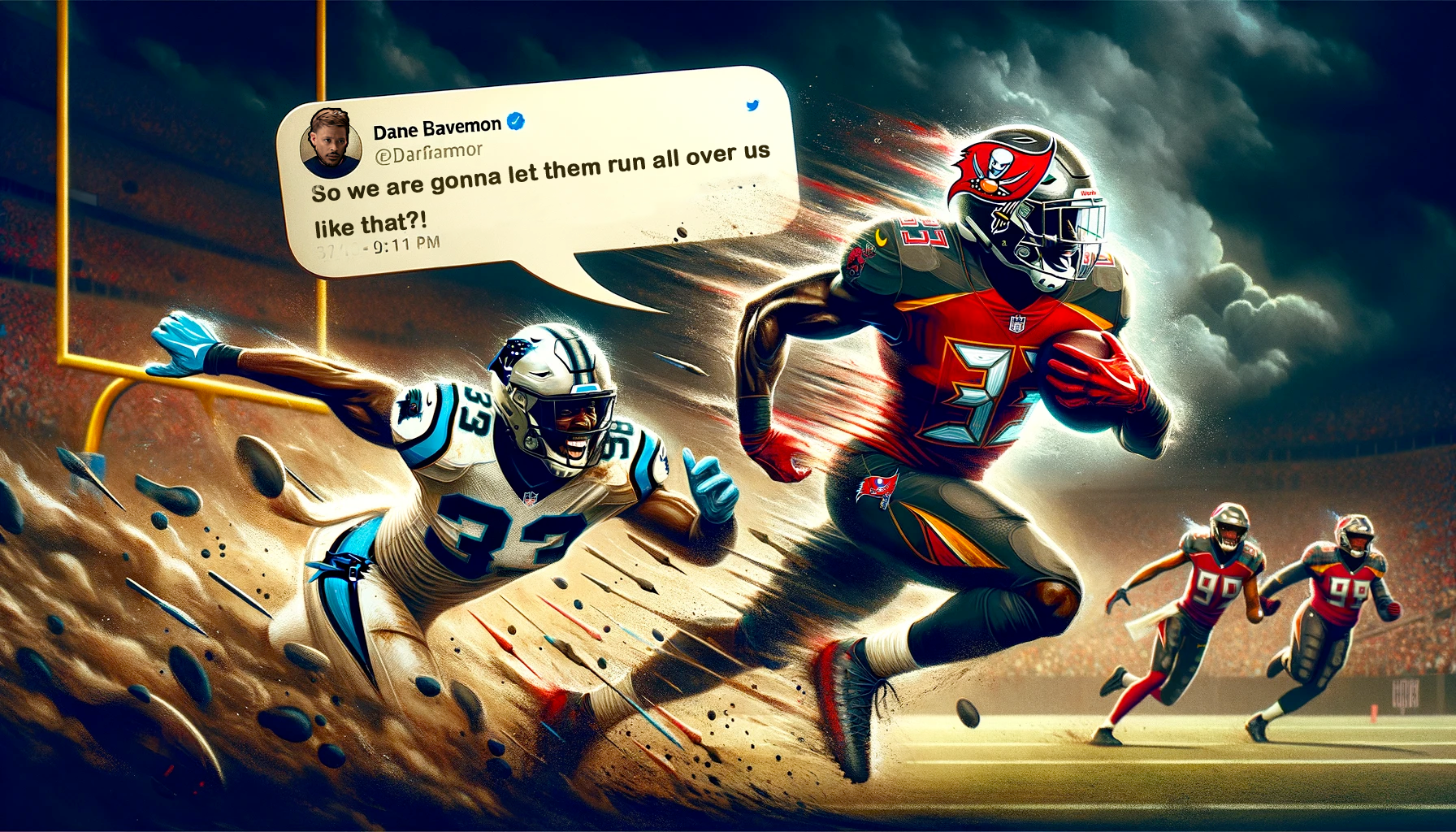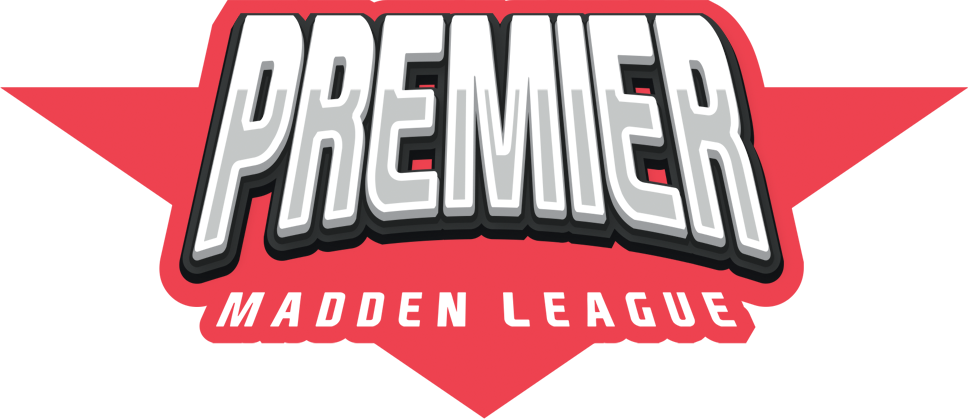The Carolina Panthers find themselves in a precarious situation, especially when it comes to their run defense, which is currently languishing at 29th in the NFL. This statistic is not just a number; it’s a glaring red flag that signals fundamental issues within the team’s defensive unit. With a 3-9-0 record as of Week 13, the urgency to address this issue is palpable. The team’s poor performance in recent games has not only frustrated fans but also raised questions about the coaching staff’s ability to turn things around.
The situation is so dire that it can no longer be ignored or chalked up to bad luck or off days. The problems are systemic, and they require immediate attention if the Panthers hope to salvage what remains of this season. The team’s struggles against the run have been a significant contributor to their losing record, and it’s clear that a failure to act could result in a complete derailment of the season. The time for analysis and reflection is over; the time for action is now.
The Gravity of the Situation
The Panthers’ recent game against the Tampa Bay Buccaneers in Week 13 serves as a microcosm of their season-long struggles against the run. They allowed a jaw-dropping 224 rushing yards, a statistic that would be unacceptable for any PML team, let alone one with playoff aspirations. The Buccaneers had six offensive red zone chances, converting half of them into touchdowns. This inefficiency in the red zone is a glaring issue that has plagued the Panthers throughout the season.
The defense managed to secure three sacks, but these moments of brilliance were overshadowed by their inability to stop the run. On the offensive side, the Panthers could only muster 123 rushing yards, further highlighting the team’s imbalanced performance. The Panthers also allowed one rushing touchdown, adding insult to injury in a game that exposed their defensive frailties. The Buccaneers’ offensive red zone efficiency stood at 50%, compared to the Panthers’ 25%, painting a clear picture of a team that is struggling on both sides of the ball.
Breaking Down the Depth Chart
A closer look at the Panthers’ depth chart reveals glaring weaknesses in key areas, particularly in the defensive line and linebacker positions. These are the positions that are usually the first line of defense against the run, and their underperformance has been a significant factor in the team’s struggles. They are allowing an average of 154.5 rushing yards per game, a statistic that places them near the bottom of the league.
Injuries have also played a significant role in the team’s poor run defense. Key players have been sidelined, forcing rookies and less experienced players into starting roles for which they are not fully prepared. This lack of depth and experience has been exploited by opposing teams, who have focused their game plans on running the ball against the Panthers’ weakened defense. The team’s overall defense is ranked 22nd, allowing 386.9 yards per game, which indicates that the issues are not limited to just the run defense.
Schematic Flaws
The Panthers have experimented with different defensive schemes in an attempt to plug the holes in their run defense but to no avail. They have used a mix of 3-4 and 4-man fronts, especially when in the nickel defense, but these changes have not produced the desired results. The defensive line, which should be the cornerstone of any run defense, has been particularly porous, especially when it comes to containing the edge. This has allowed opposing running backs to break off big runs, putting even more pressure on the already struggling linebacker corps.
The linebackers, for their part, have been guilty of missing tackles, a fundamental flaw that has contributed to the team’s poor run defense. Missed tackles not only result in extra yards for the offense but also demoralize the defense and energize the opposing team. The secondary has often been forced into the uncomfortable position of having to make tackles against running backs, a clear sign that the front seven is not doing its job. When your secondary is making most of the tackles, it’s a glaring indication that the defensive line and linebackers are failing to contain the run at the point of attack.
Missed Opportunities
The Panthers’ inability to make tackles and contain the edge has led to numerous missed opportunities, both in terms of stopping the run and creating turnovers. These missed opportunities have had a cascading effect on other aspects of the game, most notably on third-down and red-zone defense. In the game against the Buccaneers, the Panthers had four offensive red zone chances but could only convert one into a touchdown. This lack of efficiency is not only frustrating but also indicative of a team that is not executing well when it matters most.
The Buccaneers, on the other hand, had six red zone opportunities and converted three into touchdowns. This disparity in red zone efficiency between the two teams is a telling statistic that highlights the Panthers’ struggles in crucial areas of the field. The team’s inability to stop the run has put additional pressure on their red-zone defense, as opposing teams have been able to run the ball effectively even in tight spaces near the end zone. The Panthers’ struggles in these key areas have had a direct impact on the outcome of games and are a major reason for their disappointing record.
Fan and Analyst Reactions
The fan base and analysts alike have been vociferous in their criticism of the Panthers’ run defense. Social media platforms are awash with frustrated fans venting their disappointment, with many calling for immediate changes to both personnel and schemes. The general sentiment is one of frustration and disappointment, with many questioning the direction in which the team is headed. Analysts have not been kind either, with many highlighting the team’s poor run defense as a key factor in their losing season.
The criticism has reached a point where it can no longer be ignored or dismissed as mere overreaction. The issues are real, and they are costing the team games. The coaching staff is under immense pressure to make adjustments, both in terms of personnel and scheme, to address these glaring weaknesses. If the current trends continue, it’s not just the season that’s at risk, but also the jobs of the coaching staff and possibly some players.
Potential Solutions
To address these issues, the Panthers could look to make some trades or delve into the free-agent market, especially to bolster their defensive line and linebacker positions. The team has some cap space, with $17.50 million available, providing them with some flexibility to bring in new talent. However, any new additions would need to fit into the team’s existing schemes or be versatile enough to adapt to new ones. Given the urgency of the situation, quick fixes may be necessary, but they must also be sustainable in the long term.
Another avenue for improvement could be schematic changes. A shift to a more aggressive 3-4 scheme could potentially help the team better contain the run. This would, however, require the existing players to adapt to new roles and responsibilities, something that could take time. Time, however, is a luxury the Panthers do not have. Immediate improvements are needed, and the coaching staff must be willing to make bold decisions to bring about these changes.
One specific move the Panthers could make is to sign a dominant 3-technique defensive tackle in free agency. The 3-technique lines up between the guard and tackle on the weak side of the offense and specializes in penetrating the interior gaps to disrupt runs up the middle. A top-tier player like Chris Jones or Christian Wilkins would immediately solidify the interior and help shut down opposing rushing attacks. This would take pressure off the defensive ends and allow the linebackers to flow to the ball more freely.
The Panthers may also need to invest draft capital in a run-stuffing nose tackle to anchor the middle in their 3-4 looks. A space-eater like Texas’ T’Vondre Sweat would be ideal. He has the size and strength to command double teams, freeing up linebackers behind him. Finding future contributors through the draft will provide long-term solutions.
Scheme-wise, the Panthers could incorporate more Bear fronts, with both defensive tackles aligned as 3-techniques over the guards. This makes it difficult for offenses to double-team either tackle. More pre-snap movement could also help confuse blocking schemes. The key is disruption over the guards, the most direct path for runs up the middle.
Whatever changes are made, they need to happen fast. The Panthers are running out of time to fix their porous run defense this season. The solutions won’t be easy, but immediate upgrades at DT both internally and externally, coupled with smarter schemes, can get them back on track. The playoff hopes may already be gone, but building a sturdy foundation for next year has to start now.
A Call for Action
The Carolina Panthers are at a crossroads. With a 3-9-0 record and a run defense that ranks among the worst in the league, the team is in dire need of a turnaround. The issues are manifold, ranging from personnel and injuries to schemes and execution. The time for introspection is over; immediate action is required to address these glaring weaknesses.
The remainder of the season presents an opportunity for redemption, but only if the team is willing to make the necessary changes. Whether it’s bringing in new talent, changing defensive schemes, or simply executing better on the field, something needs to give. The Panthers have reached a point where inaction is no longer an option. The time for change is now. With smart moves in free agency and the draft, along with tactical schematic adjustments, the team can begin laying the groundwork for a defensive resurgence in 2023. But the process must start immediately, as the clock is ticking on finding solutions for their porous run defense.


